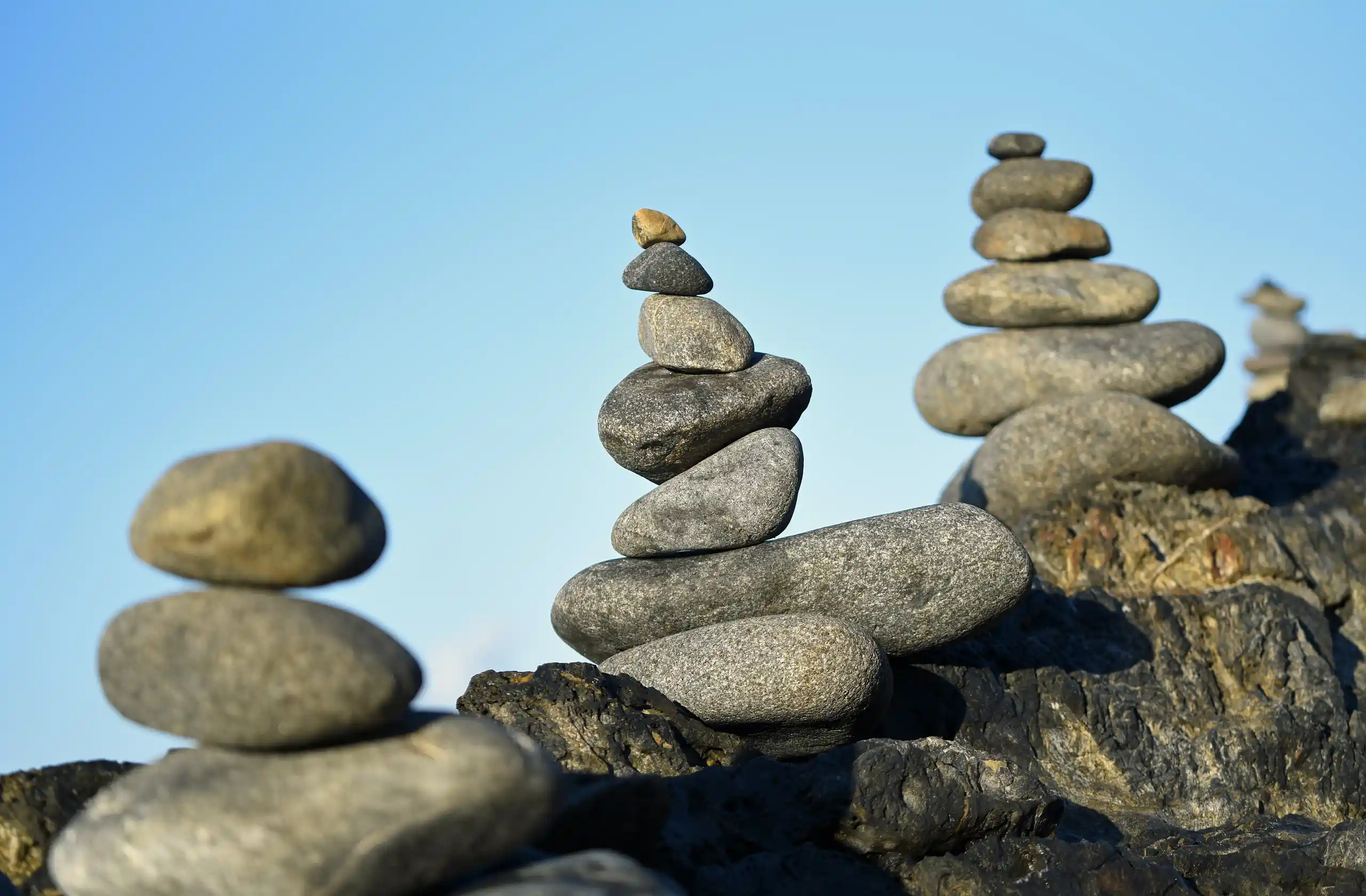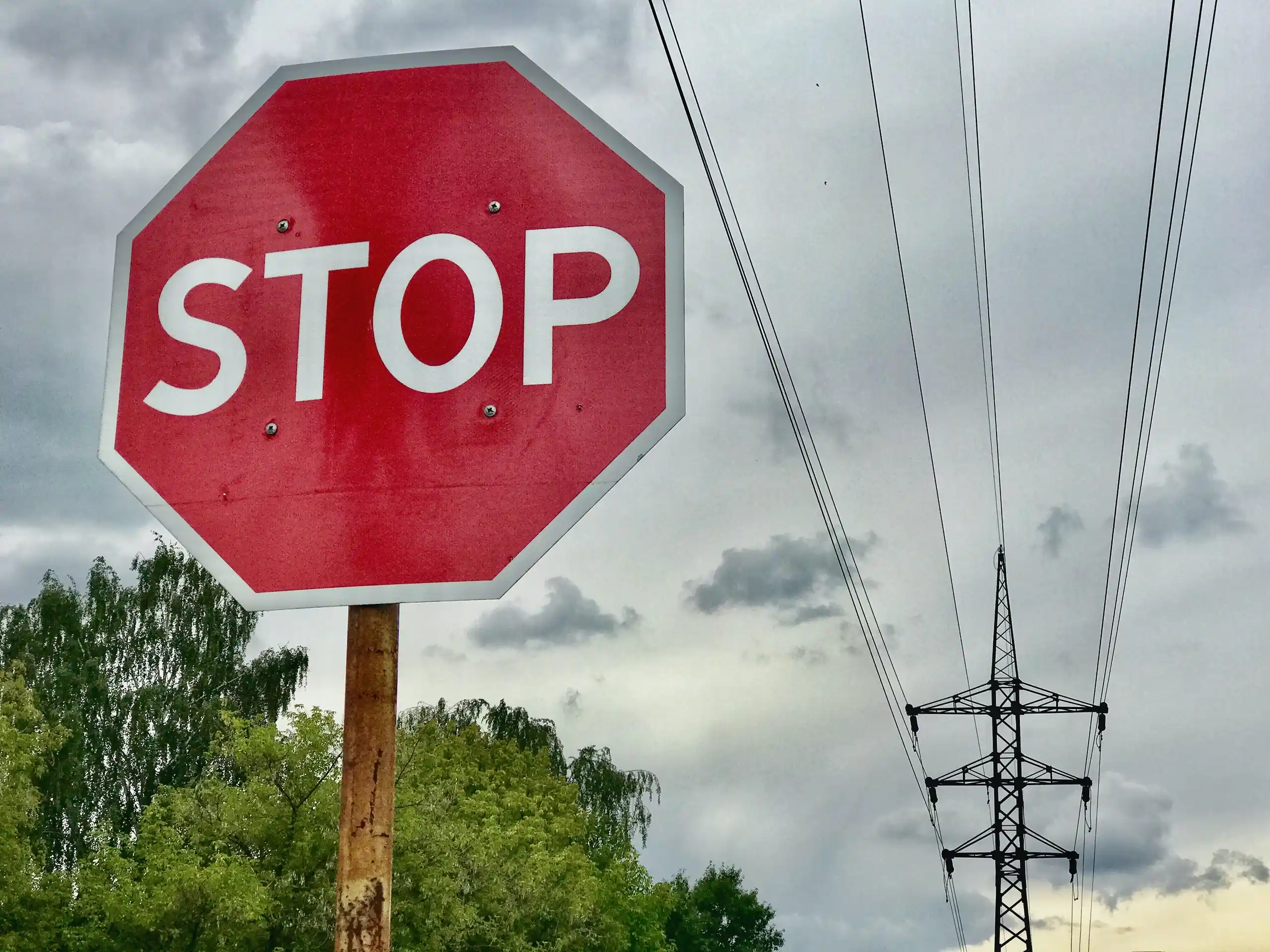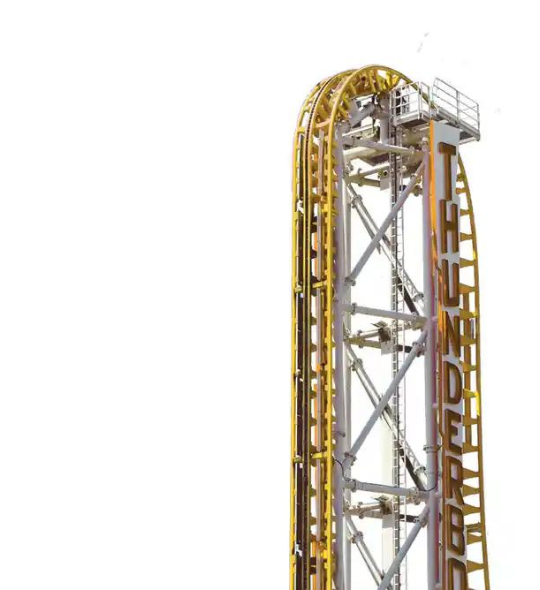
Demand Response (DR) aggregation is just a fancy way to talk about how electricity consumers come together as a group to benefit from energy market incentives.
We’ve all chipped into a larger pool, say to split a bill at a restaurant or to get a group discount at an event, so we all have experience in grouping or aggregating our resources in order to get a better deal than we would have if we had acted individually.
This ‘one-for-all, all-for-one’ attitude underpins DR aggregation programs, because smaller electricity consumers can share the benefits while also diluting the risks to any one consumer.
How aggregation used to work
Historically, system operators targeted large electricity consumers like factories, since it’s easier to coordinate a few large consumers than trying to manage a bunch of smaller users. This approach used to be good enough, especially for electrical grids that relied on fossil fuels.
Electricity generated from fossil fuel sources is (barring equipment or supply chain failures) very reliable, with little fluctuation in generation levels. With a stable supply, system operators can focus on demand-side issues, like energy use spikes due to extreme weather (e.g. heat waves). In such an environment, system operators can look to large electricity consumers to curtail their energy use when the grid is stressed.
While focusing on big electricity consumers makes coordinating responses easier, it’s also a double-edged sword because grids can suddenly be caught unprepared if some of these large consumers don’t (or can’t) reduce their consumption when needed. This isn’t just theory- there’s already been real world fallout from just such a scenario.
One example is California’s 2000-01 electricity crisis (estimated to have cost the state $45 billion or $55.9 billion in 2019 dollars) which saw large consumers refuse to curtail, leading to skyrocketing electricity prices, several major blackouts, the collapse of one of the state’s largest energy companies collapse.
The crisis also led to the fall of Governor Gray Davis, and the election of Arnold Schwarzenegger. So there’s a direct link between aggregation and Arnie, which shows that getting aggregation right is vital for any modern grid.
How aggregation works now
Increasing grid flexibility is one of the industry’s key mantras, and one way that can be done is by diversifying just exactly what can be aggregated. DR Aggregators like EnPowered are incorporating smaller businesses into aggregation groups, which allows more people to join DR programs.
The more people (with more diverse energy use patterns) in a program the more resilient and responsive the DR program can be. It’s like insurance, the bigger and more diverse the pool of payees, the less risk of program failure.
The same risk sharing occurs in DR aggregation programs; if some participants can’t reduce their usage (which can result in fines and penalties), the impact will be limited since the group consists of many small consumers.
Diversifying who is part of a DR aggregation program is the first step, but the changing nature of electricity production is another hurdle facing system operators. The increasing use of renewable energy, which tends to fluctuate – think changes in solar and wind due to weather – means more fine-tuning is needed more frequently.
Electric vehicles, the Internet of Things (IoT), energy storage (like the Tesla Powerwall) and behind-the-meter (on site generation that doesn’t pass through the utilities meter) sources offer new aggregation opportunities.
The key to getting the most out of aggregation is being creative, and not discounting any potential source, no matter how mundane/small. For a great example take a look at Minnesota’s rural electricity generation and transmission cooperative. The cooperative has pooled 110,000 electric water heaters in the area; all these small elements when taken together provide over 1GW of year-round, controllable load.
Aggregation can save you money right now
Are you a landlord with multiple residences? Perhaps the owner of a restaurant chain or a retail store with multiple outlets? A condo board or homeowners association? If you answered yes to any of these questions (and even if you didn’t) you can benefit from aggregation whether you manage one property or a portfolio.
Aggregation isn’t just good for grid stability but it’s also great for your pocket, because DR programs provide participants with new income streams. By aggregating, many smaller electricity users can benefit from the same, cheaper prices that large users receive.
Think of it as the Costco Effect. Thanks to a Costco membership, an extended family of 10 buying groceries at wholesale prices saves a lot more money than if they were buying groceries individually.
The second way aggregation boosts your bottom line is that DR programs reward participants with payments for providing potential curtailment capacity. In other words, DR programs pay you for your ability to reduce your energy use by a certain amount, if necessary.
Installing energy management technology and adopting energy best practices (like scheduling maintenance during curtailment events) not only makes your business more competitive, but helps you save money in the long run. Co-generation businesses can go one step further and double their rewards by getting paid to take stress off of the grid while using behind-the-meter generation to continue operating during a curtailment.
The best part is that you get these payments even if you are never called upon to curtail: you’re getting paid for your potential / promise to curtail. This means that DR program participants can recoup between 5 to 25% of their annual electricity costs, depending on their industry and particular situation.
Joining a Demand Response aggregation group
The benefits of DR are obvious, but if signing up sounds like a lot of work, then you’re right; but don’t worry that’s where EnPowered comes in. EnPowered helps connect smaller electricity consumers with their local DR programs, while taking care of all the aggregation work, so you can focus on more important things. We take care of the paperwork and legwork, providing you with clear cut feedback through our easy-to-use app. Our app/portal lets you know exactly when, by how much, and for how long you need to curtail.
Not only that – remember those fines for not curtailing we mentioned earlier? EnPowered takes care of all fees and fines that may arise, so joining a DR program is zero-risk. Let us help you get the most out of your electricity programs and start saving.




